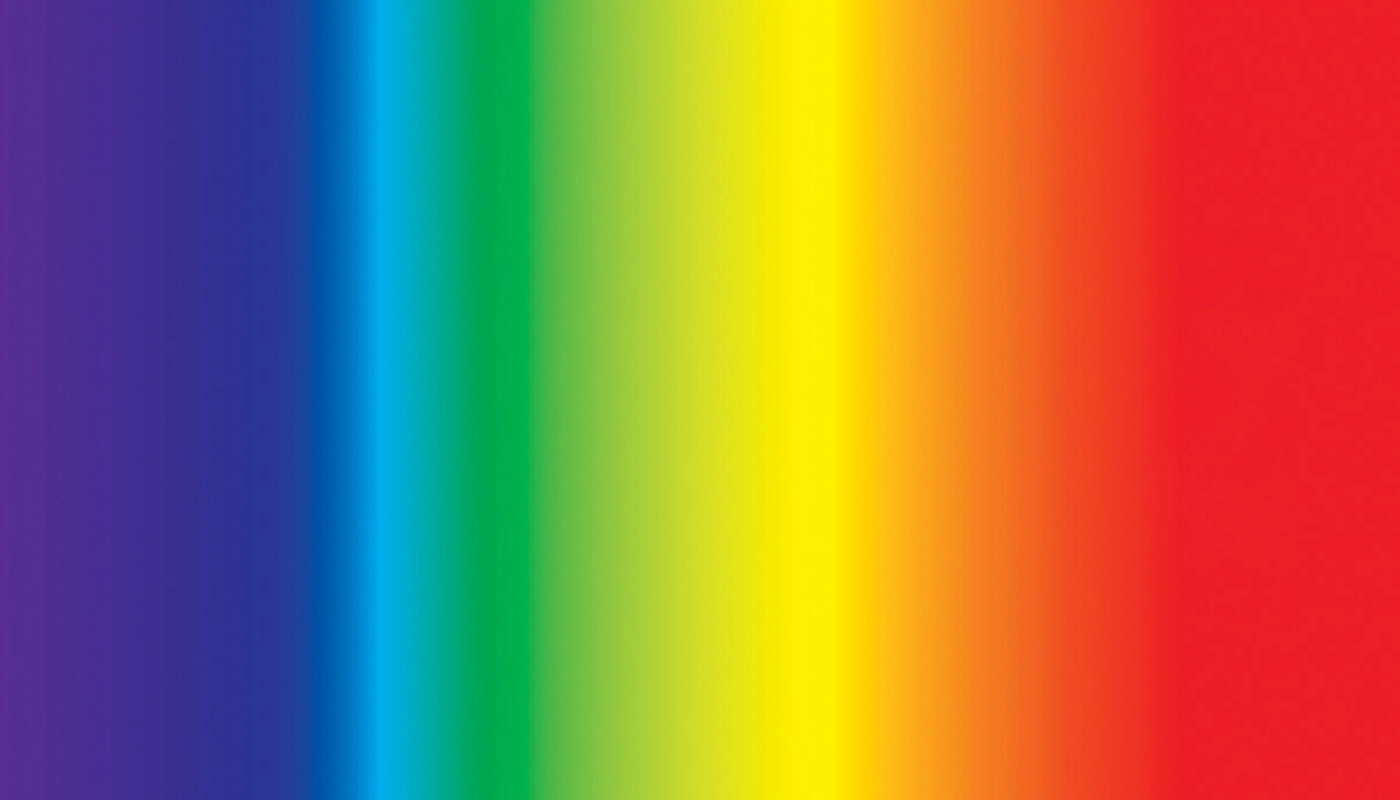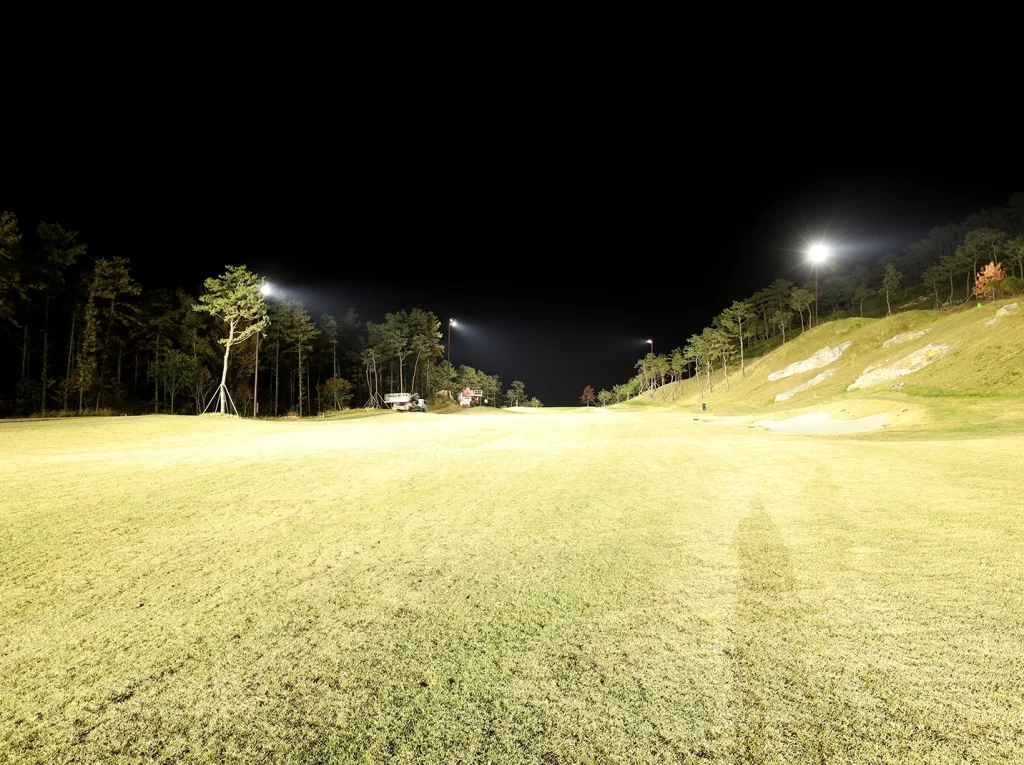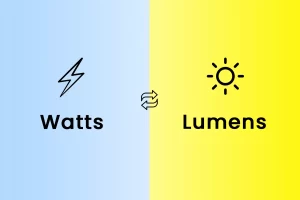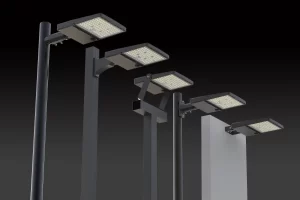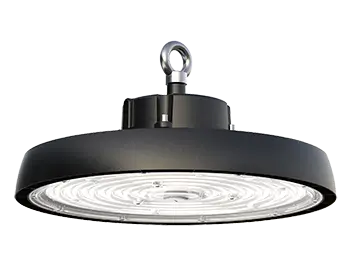In our daily life, we are surrounded by a myriad of colors and a range of brightness, from the soft glow of a candle to the brilliant radiance of the sun. But have you ever stopped to ponder what gives us this visual symphony? The answer lies in a phenomenon we encounter daily yet often take for granted – visible light.
What is Visible Light?
Visible light is a segment of the electromagnetic spectrum that our eyes can perceive. It lies between ultraviolet (UV) light and infrared (IR) light. This electromagnetic radiation vibrates at a frequency range detectable by the human eye, approximately from 400 to 700 nanometers (nm) in wavelength.
The Magic of the Color Spectrum
The colors we see in a rainbow or in a prism are the various wavelengths of visible light. When refracted (bent), light splits into its constituent colors, giving us a spectrum. Here’s a breakdown:
Violet (380-450 nm): The shortest wavelength we can see, often associated with creativity and spirituality.
Blue (450-495 nm): A cool color, reminding us of the sky and the sea. It’s calming and promotes tranquility.
Green (495-570 nm): Representing nature, it’s a balanced and harmonious color.
Yellow (570-590 nm): The color of sunshine, warmth, and optimism.
Orange (590-620 nm): A mix of the energy of red and the happiness of yellow.
Red (620-750 nm): The longest wavelength we can perceive. It’s a passionate and intense color.
How Does the Human Eye Detect Light?
The retina in our eyes contains two main types of photoreceptor cells – rods and cones. While rods help us see in low light conditions, cones are responsible for detecting color. Humans typically have three types of cones:
S-Cones: Sensitive to short wavelengths (blue-violet light).
M-Cones: Sensitive to medium wavelengths (green light).
L-Cones: Sensitive to long wavelengths (red-yellow light).
The combination and intensity of signals from these cones give us the rich palette of colors we experience daily.
Visible Light in Technology
Today, visible light has applications beyond mere sight. Here are some key technological uses:
Photovoltaics: Converting light into electricity using materials like silicon.
Fiber Optics: Transmitting data as light pulses through fiber strands.
Medical Imaging: Using light-based technologies like endoscopy to view inside the body.
Displays: OLED and LED screens produce vibrant displays by manipulating visible light.
Protecting Ourselves from Harmful Effects
While visible light is mostly harmless, prolonged exposure to intense sources like the sun can damage our eyes. Wearing sunglasses with UV protection and reducing screen time can mitigate these risks.
Conclusion
Visible light, an essential facet of our universe, is a marvel that offers both aesthetic beauty and practical utility. By understanding its nature and impact, we not only appreciate the world around us but also harness its potential for technological advancement. As we move forward, it’s essential to recognize the significance of this spectrum segment and utilize it responsibly and creatively.
Remember, every time you marvel at a sunset or enjoy the colors of nature, you’re celebrating the wonder of visible light.


